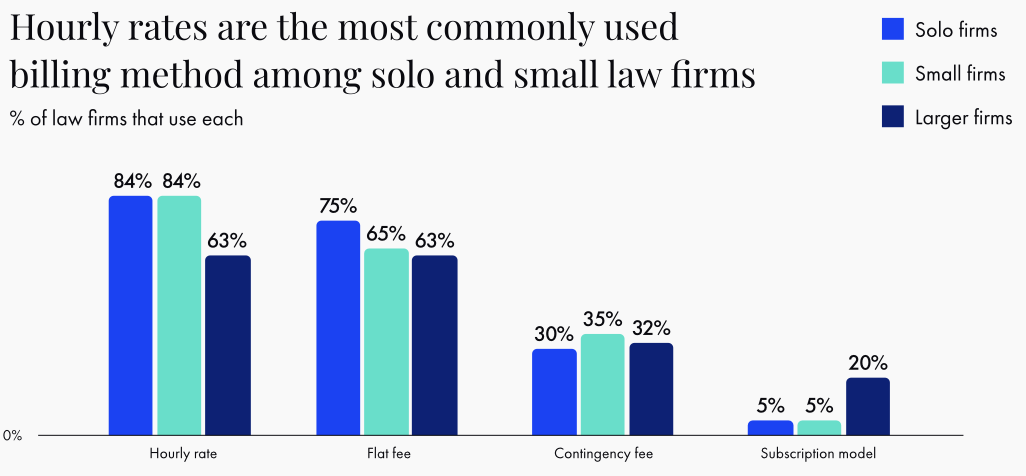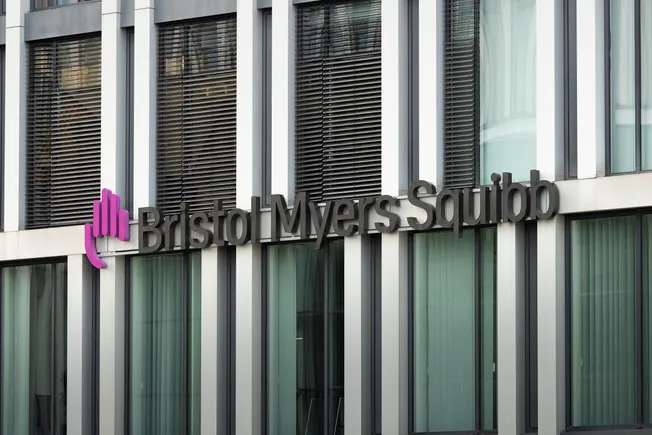Billable Hour Dying So Slowly, You’d Think It’s Billing By The Hour
Generative AI poses an unprecedented challenge to the billable hour. The post Billable Hour Dying So Slowly, You’d Think It’s Billing By The Hour appeared first on Above the Law.


Death, taxes, and the impending demise of the billable hour. Every year, we hear about killing the billable hour and every year, it lives to see another day. But the creeping adoption of artificial intelligence introduces some structural and ethical pressure to the alternative fee movement.
Still, don’t expect a quick change. You can’t turn a cruise liner on a dime. Though you can run it headlong into an iceberg.
The latest Legal Trends for Solo and Small Law Firms report from Clio takes stock of the billing transition and reminds us that no matter how loudly the clients may want it, the billable hour won’t disappear easily.
While the report — compiled through a combination of surveys and Clio’s aggregated and anonymized data from tens of thousands of users — notes that, “flat fee billing is gaining traction,” and a “significant proportion of solo and small firms also offer flat fees,” hourly billing remains the dominant model especially among smaller firms.

But just because the billable hour continues to reign supreme, don’t sleep on those flat fee numbers. Three-quarters of solos and nearly two-thirds of other firms have flat fees in their billing arsenal. One of the biggest hangups for flat fee billing is building the confidence to accurately price out a project — confidence that’s only going to increase the more firms experiment with it.
Yet time-based billing still wins. From the law firm’s perspective, hourly billing is… cozy. It’s tradition, it’s easy to understand, and it rewards inefficiency. And for smaller firms who have to worry about cash flow, the billable hour provides valuable security against the unexpected:
Hourly billing can provide a more predictable revenue stream for firms based on the time worked. For solo and small firms, which often operate with fewer financial buffers than larger firms, hourly billing can feel like a “safer” option as it provides a better sense of how they are being compensated for their time.
Clients, on the other hand, have more of an appetite for change. The report notes: “Over half of potential clients would prefer to pay their lawyers using modern service delivery models, like flat fees or subscriptions.” They want to pay for legal services the way they pay all their other vendors. Facing constant budget pressure, turning in a consistent and predictable cost projection makes life easier for in-house lawyers.
Artificial intelligence seems like the catalyst to bridge this divide between firms and clients. Lawyers can’t bill for the time saved by shaving “.5” off every update memo. As much as AI enthusiasts like to claim that firms will make up this difference by working more matters, there are only so many clients to go around. The Clio report looks at the tasks most likely to get streamlined by AI — and not some hypothetical “magic beans” AI, but the sort of practical AI applications we’re already seeing — and it’s going to take a hefty bite:
However, spending less time on your files can present a challenge for revenue in some cases. Notably, in the latest Legal Trends Report, we discovered that the three most automatable tasks in law firms generated, on average, at least $36,000 in revenue per lawyer annually. When factoring in how much of this work could be automated, we found that generative AI could put $27,000 of annual revenue at risk for every lawyer who sticks to hourly billing. Adjusting your billing models to better account for the impact of automation is thus a critical consideration for law firms that are significantly adopting AI.
Losing $27K in revenue per lawyer is significant at any level, but for solos and smalls that’s a devastating hit.
When that billable time starts evapoating, lawyers are going to have to find a way to get the same bucks for their bang. And while the idea of charging $10,000/hr makes headlines, it’s going to be less palatable to a client than charging one flat fee that generally mirrors what the firm would charge in total hours billed today.
So you’re never going to stop logging your time, but it’s increasingly likely to be an exercise in accurately estimating flat fees — either for whole matters, or specific projects, or subscription billing — as opposed to a direct pass-through to the client.
Advancing technology has promised to undermine the billable hour before, only to be proven wrong. “Online legal research will save all that time in the library!” Well, no, it just gave the attorney easy access to more cases they have to read. “Speed” was just a means to the end of giving lawyers an opportunity to provide a “better” answer. Across practices, computers just added as much (or more) work as they’ve saved. But the automation potential for generative AI isn’t promising lawyers “more” or “better” results as much as a replacement for time-consuming steps in the workflow. Generative AI still saddles a human with more checking on the back end — or sanctions — but the draft gets into that partner’s hands by replacing 10 hours of junior associate work that was about to get a vicious red pen markup.
When minutes and hours start shifting to AI, firms that don’t adapt their billing models will see money go out the door. The sooner firms can begin the process of flat fee billing — if only to start accumulating data points to set prices down the road — the better.
 Joe Patrice is a senior editor at Above the Law and co-host of Thinking Like A Lawyer. Feel free to email any tips, questions, or comments. Follow him on Twitter or Bluesky if you’re interested in law, politics, and a healthy dose of college sports news. Joe also serves as a Managing Director at RPN Executive Search.
Joe Patrice is a senior editor at Above the Law and co-host of Thinking Like A Lawyer. Feel free to email any tips, questions, or comments. Follow him on Twitter or Bluesky if you’re interested in law, politics, and a healthy dose of college sports news. Joe also serves as a Managing Director at RPN Executive Search.
The post Billable Hour Dying So Slowly, You’d Think It’s Billing By The Hour appeared first on Above the Law.
















































































































































